
Into the wild
Jean-Philippe Berger
Painting - 116 x 81 x 2 cm Painting - 45.7 x 31.9 x 0.8 inch
$1,102 $992
Save your search and find it in your favorites
Save your search to find it quickly
Saved search
Your search is accessible from the favorites tab > My favorite searches
Unsaved search
A problem occurred

Painting - 116 x 81 x 2 cm Painting - 45.7 x 31.9 x 0.8 inch
$1,102 $992



Photography - 120 x 90 x 3 cm Photography - 47.2 x 35.4 x 1.2 inch
$899
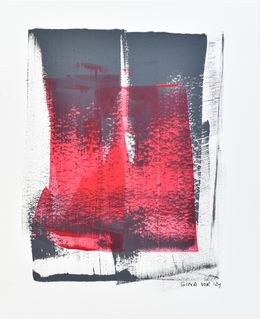







Painting - 59 x 44 x 0.05 cm Painting - 23.2 x 17.3 x 0 inch
$928

Painting - 70 x 70 x 2 cm Painting - 27.6 x 27.6 x 0.8 inch
$1,500

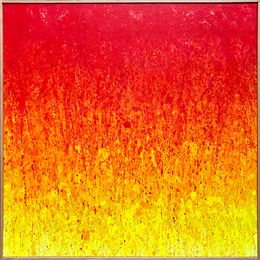


Painting - 81 x 60 x 2 cm Painting - 31.9 x 23.6 x 0.8 inch
$8,118


Painting - 60 x 80 x 2 cm Painting - 23.6 x 31.5 x 0.8 inch
$1,700


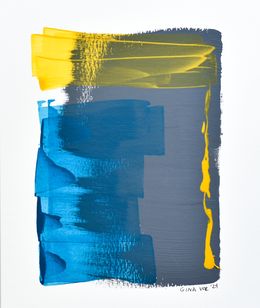

Painting - 81 x 100 x 3 cm Painting - 31.9 x 39.4 x 1.2 inch
$3,468
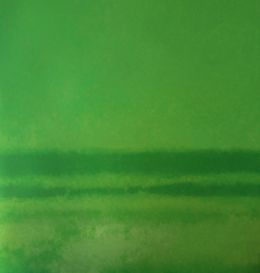
Painting - 120 x 114 x 8 cm Painting - 47.2 x 44.9 x 3.1 inch
$13,337



Photography - 128 x 72 x 0.3 cm Photography - 50.4 x 28.3 x 0.1 inch
$1,624


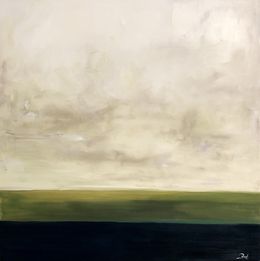
Painting - 102 x 102 x 4 cm Painting - 40.2 x 40.2 x 1.6 inch
$2,314 $2,083



Photography - 30 x 24 cm Photography - 11.8 x 9.4 inch
$2,667




Photography - 30 x 24 cm Photography - 11.8 x 9.4 inch
$2,667

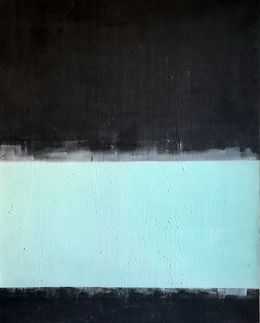




Painting - 80 x 120 x 2 cm Painting - 31.5 x 47.2 x 0.8 inch
$3,479

Painting - 100 x 100 x 4 cm Painting - 39.4 x 39.4 x 1.6 inch
$3,479

Photography - 120 x 92 x 3 cm Photography - 47.2 x 36.2 x 1.2 inch
$1,131



Painting - 76.2 x 61 x 3.8 cm Painting - 30 x 24 x 1.5 inch
$1,200



Painting - 121.9 x 91.4 x 3.8 cm Painting - 48 x 36 x 1.5 inch
$3,000

Painting - 100 x 100 x 2 cm Painting - 39.4 x 39.4 x 0.8 inch
$5,799

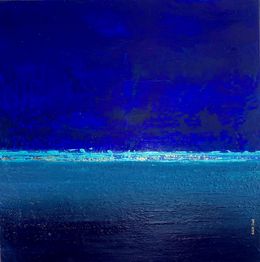

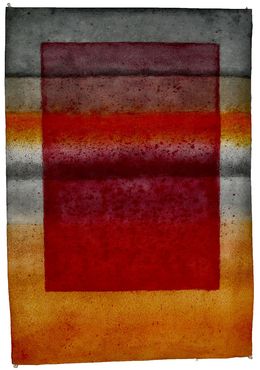

Painting - 120 x 80 x 2 cm Painting - 47.2 x 31.5 x 0.8 inch
$6,959



Painting - 20 x 20 x 1.5 cm Painting - 7.9 x 7.9 x 0.6 inch
$174


Painting - 210 x 210 x 4 cm Painting - 82.7 x 82.7 x 1.6 inch
$6,935

Painting - 210 x 210 x 3 cm Painting - 82.7 x 82.7 x 1.2 inch
$6,935


Marcus Rothkowitz, better known as Mark Rothko, was a Russian artist born in 1903. He was a pioneer of American Abstract Expressionism alongside his colleagues Jackson Pollock and Willem de Kooning.
Rothko is best known, however, for experimenting with a new way of painting, called Colour Field painting, where the artist literally paints in fields of paint. In fact, Rothko claims that his works are "living organisms" that offer a more intimate view of the artist.
He invented this new method of painting in 1940. The colours became Rothko's only means of expression, he removed all other objects from the canvas so that the colour became the only element in sight. These paintings are immediately recognizable by their format: rectangles with blurred edges filled with flat areas of colour. This impasto technique is used by the artist to highlight the way in which the colours create the illusion that the coloured flat areas are moving by themselves. The viewer cannot help but be moved by the spiritual nature of the image.
Marcus Rothkowitz's search for identity has been a long journey. The son of a Jewish family from Latvia, he fled his country and moved to the United States with his family to escape the pogroms of the Russian Empire in Eastern Europe. Marcus became an American citizen in 1938 and two years later he Americanized his name to "Mark Rothko". Mark Rothko wanted to address the world and started to paint the things he wanted to say. He began with figurative art and expressionism, producing city scenes, landscapes, still lives, interior drawings and self-portraits. He then slowly abandoned figurative art and turned to more subjective works. Inspired by mythology, he made paintings of gods and monsters but soon realized that American painting had reached a dead end. He then devoted himself to writing a manifesto that is now considered one of the founding texts in the history of contemporary art.
His painting can be summarized in three key words: form, spatiality and color. He is the pioneer of abstract expressionism, but refuses to belong to any movement because he does not want to be alienated. He found his artistic signature after discovering Matisse's "L'atelier rouge" (1911), whose rectangular shapes and bright paints influenced his early work.
Rothko created large-scale colorful structures defined by slightly blurred rectangular shapes that were intended to open the viewer's mind through their obscurity. These large formats, usually two-tone, are intended to create a meditative experience through their peaceful grandeur.
Here is a selection of contemporary artists whose work, both abstract and expressive, has been inspired by Rothko's genius.
Choose your preferences
The art is yours
The art is yours